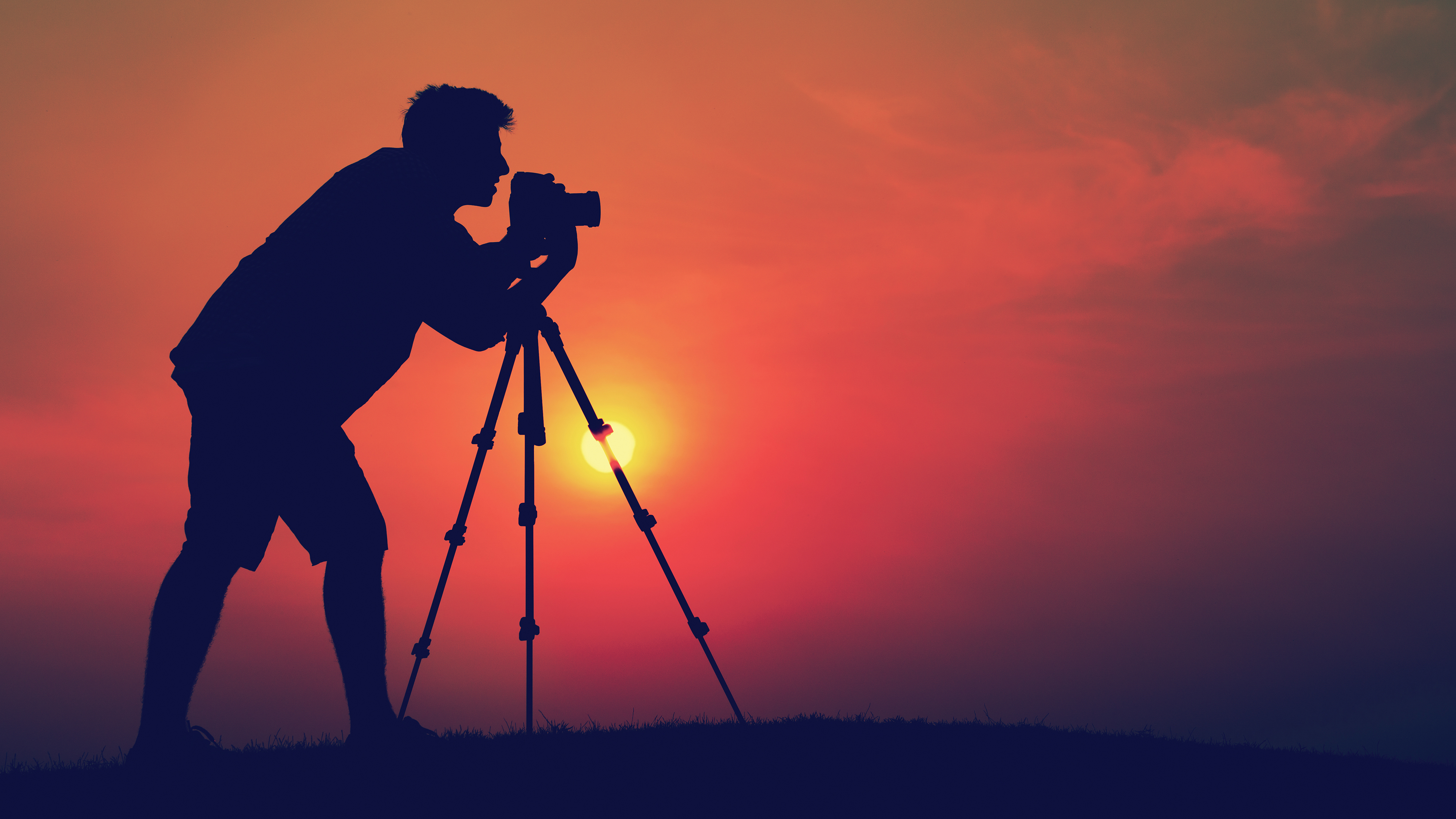Professional Pictures Made Easy With These Tips
Apr 6
You have an appreciation for photography but you have no idea how to work a camera. This article will break down some of the basics steps of how to use a camera and how to get great looking images, no matter if you have a point and shoot camera or a dSLR.
Do not let your subject get away from you! If you take a long time, there is a good chance that the subject will move, take off or there could be a change in the background that will ruin the photo. The faster you can snap a photo, the better.
Use a diffuser to minimize the negative effects of flash photography. The built-in flash on most cameras produce photos that have a high light-dark contrast, which makes them look harsh and unrealistic. A diffuser diffuses the light from the flash, distributing it more evenly and making your flash photos look more natural.
Once you have spotted the subject of your picture, make sure to take your shot right away. This is especially true if your subject is a living being, such as a child or animal. Since staying in one position for a long time is hard for animals and children, you want to make sure you get the pose you want.
Often during a landscape shot, photographers will focus on the background, However, the foreground is what critics and viewers alike will focus on. You can maximize the appearance of depth and create a more vivid frame by composing the foreground to make these things happen.
Many cameras allow you to set the white balance. This setting tells the camera which colors to see as highlights. When shooting in artificial light (indoors) set the while balance setting to the "artificial light" mode. It will make your photos look as if they were shot in natural light.
Pay attention to your background. Your main focus should be on your object, but you should use the background to support it. Avoid any unnecessary distractions and clean your background to report the attention on your object. Play with lines and perspective in your background to compliment the shape of your object.
Quite often, digital cameras have an automatic flash function that automatically goes off when the light is dim. Auto-flash is great for amateur photographs, but for a cleaner more professional look you should have an external unit with a broader range for your camera flash. Before you decide to purchase, check your existing camera and look for a "hot shoe" that can accommodate a new flash unit. This is usually located on top of the device. Next head to your nearest professional camera shop to find a flash unit that is compatible with your camera.
Take the time to improve the sharpness of your shots by adding a key piece of photographic equipment to your arsenal. This would be a tripod. This will hold your camera steady, unlike your hands, and will be an effective way to ensure that you take clear, sharp, shots of your subjects.
Whether you want to pursue photography as a profession or just want to take better amateur photos, you should learn everything there is to know about photo composition. Bad composition can turn an otherwise-great shot into something that doesn't seem quite right. Study the composition of famous photographers and keep it in mind when you shoot your own pictures in order to improve your composing skills.
Most pictures are taken with the camera at or near the subject's eye level. Common sense says this is good, but get the "WOW" factor by changing the angle from which you shoot. Try shooting down at the subject from higher up or get close to the ground and shoot up.
Many parents cannot resist the temptation to put a bow in the hair of a young girl when she is being photographed. If at all possible, discourage this practice. It creates an unnatural feeling to an image, while almost always contrasting with the fine texture of human hair. Bows dominate the image and detract from the young girl's natural features.
The majority of photographs focus on a subject who is looking directly into the camera. Shake things up a bit by having your subject look away from the lens and focus on something in the distance. Another great idea is to have the subject focus on someone or something within the frame.
Like previously stated, be aware of the setting on your camera and what you have it on for certain subject matter and lighting conditions. Once again, pay special attention to the ISO of your camera.When shooting in low light, increase the ISO on your camera to keep the shot sharp.
In conclusion, you have a love for the art of photography but you do not know the first thing about how to take a good picture. Hopefully, you were able to follow along with the advice provided in this article so that you can take this on as a hobby and start creating your own art.

